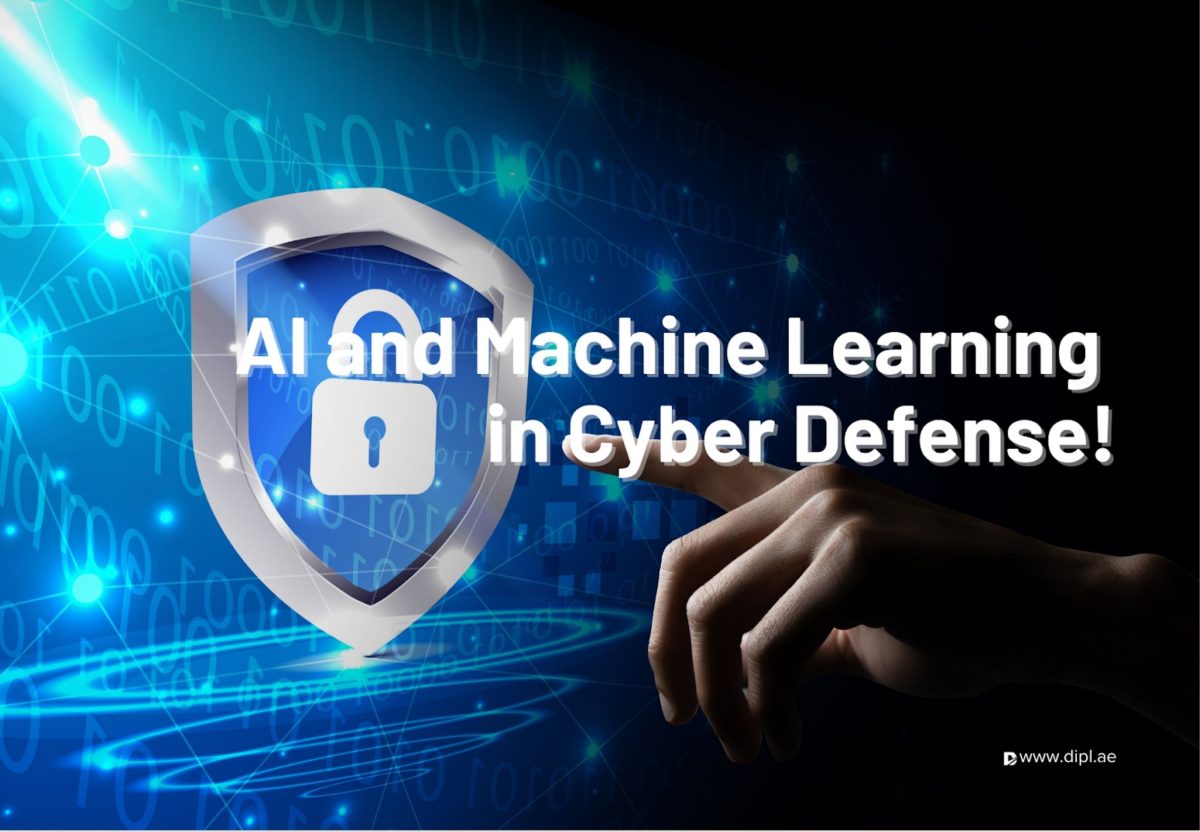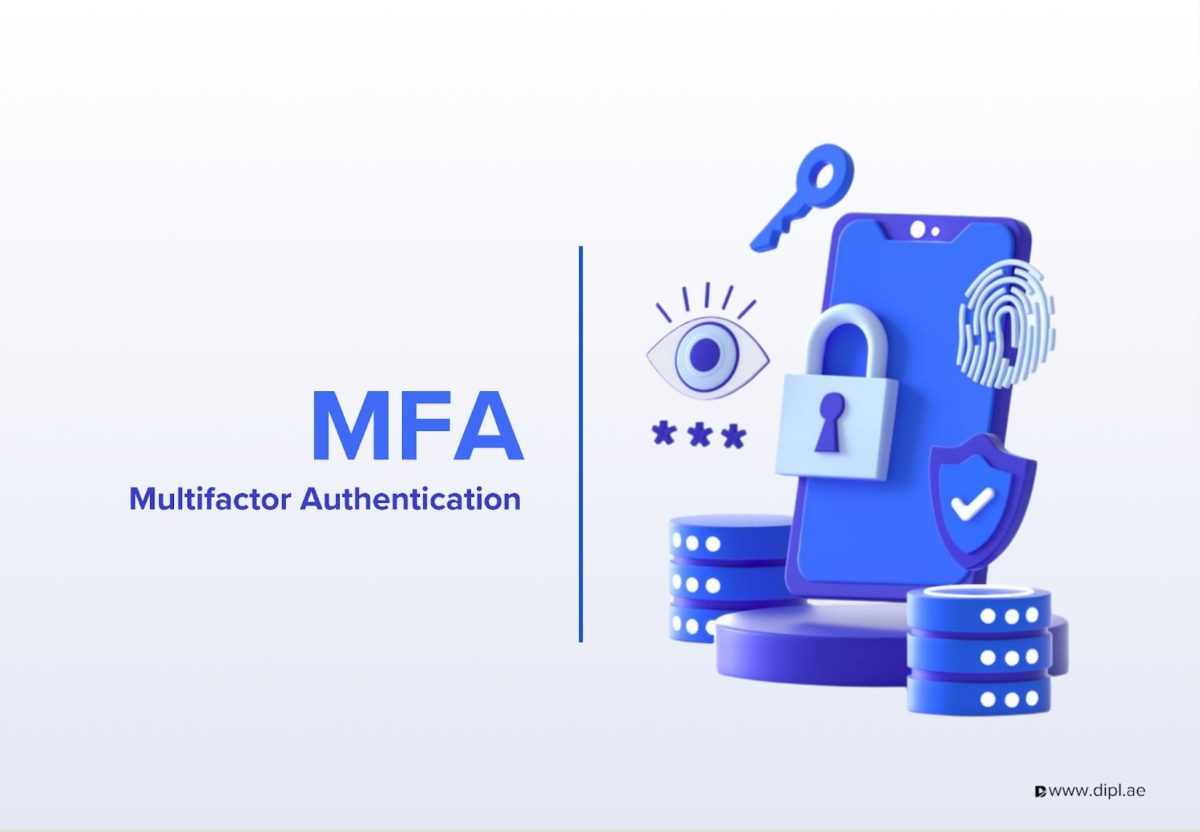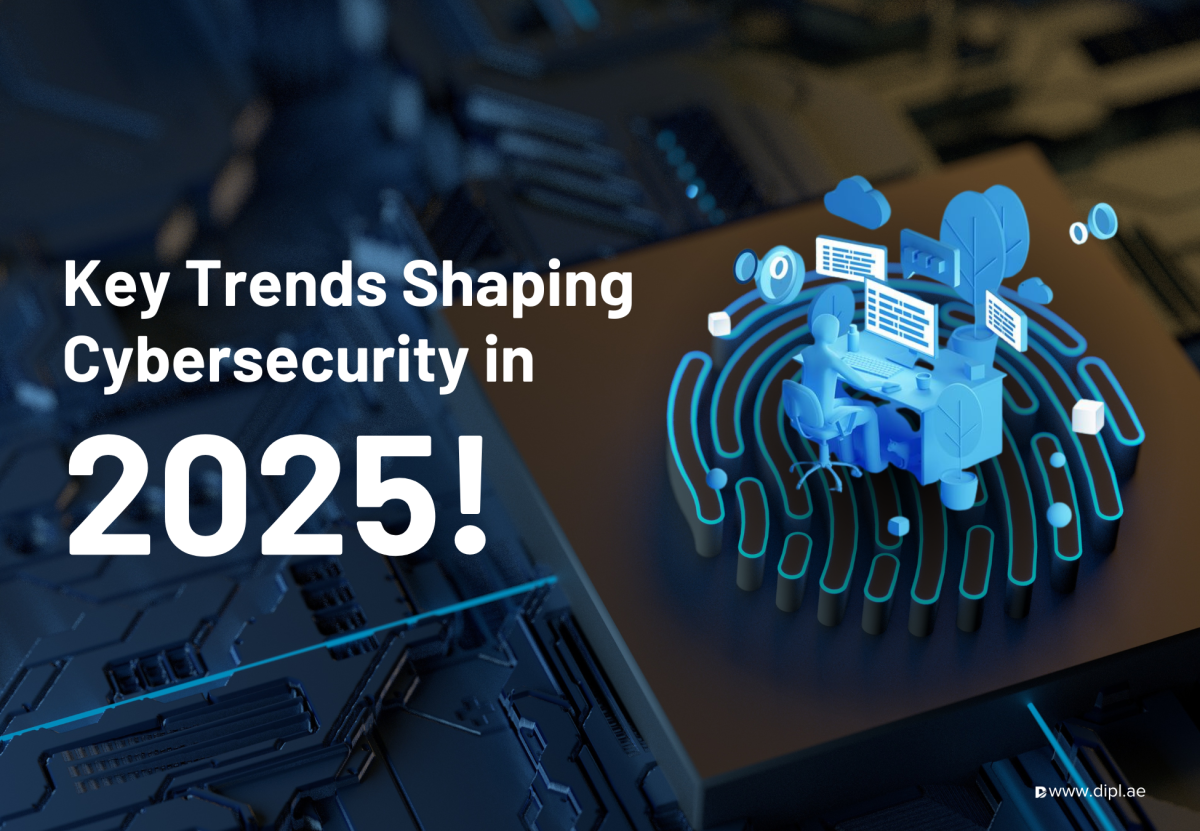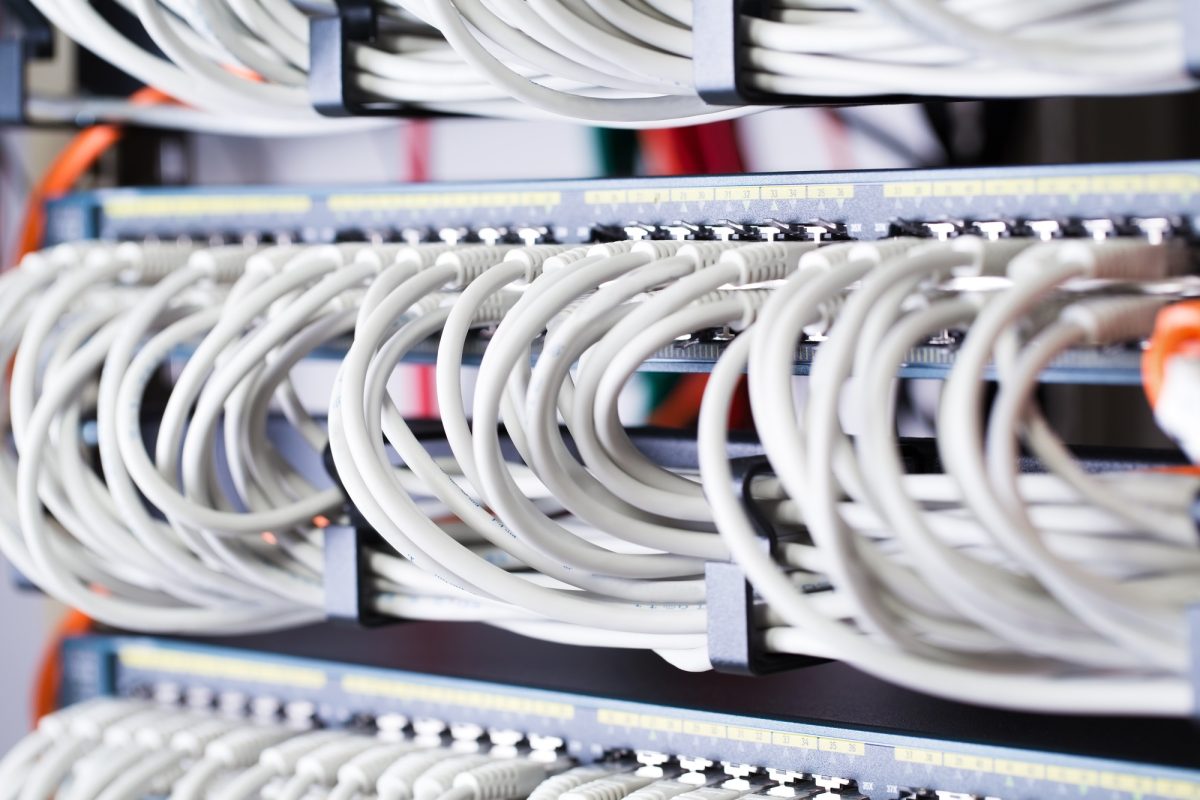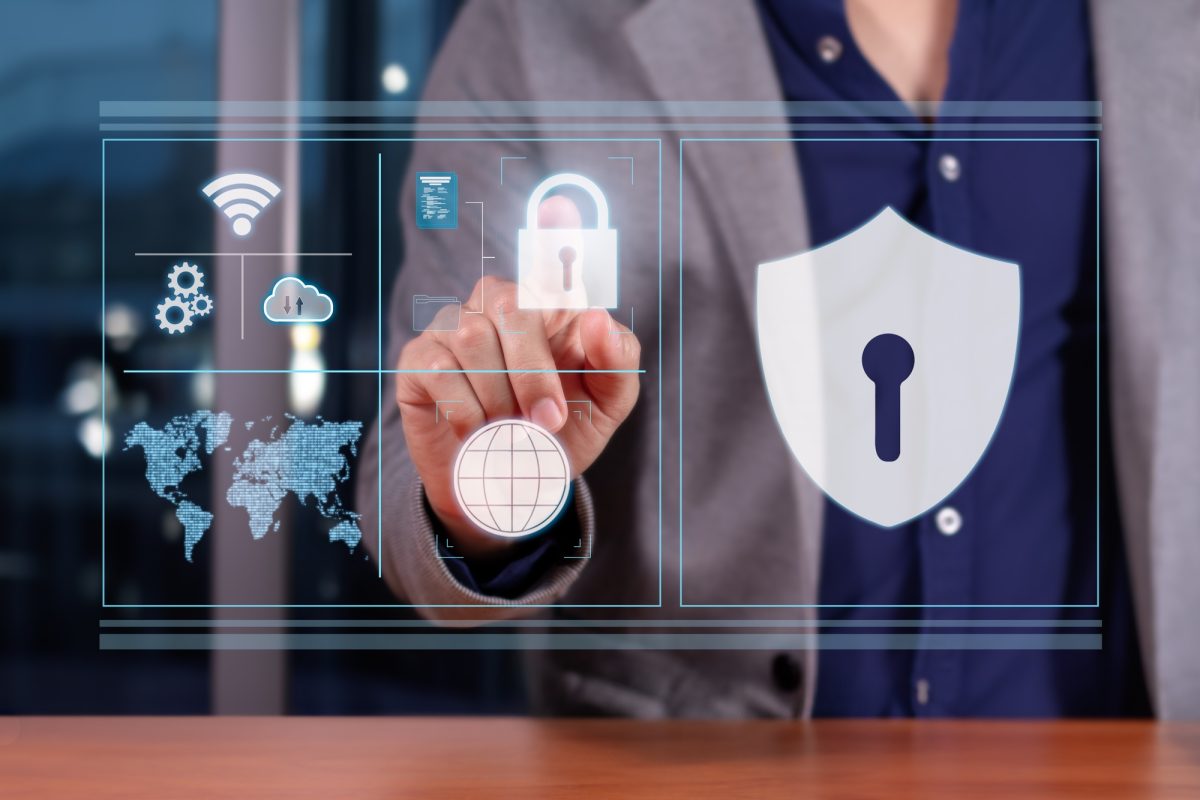Deepfake Decoded: Spotting the Fake Before It Spreads
In today’s threat landscape, deepfakes are more than an online nuisance; they are an enterprise risk that can hit confidentiality, integrity, and availability simultaneously. From voice-enabled fraud that triggers unauthorized wire transfers to fabricated executive videos that spook markets or regulators, deepfakes increase attack surface and complicate control assurance.
This piece distills what security leaders and audit managers need to know: how deepfakes work, where they bite, and pragmatic controls you can adopt now.
What Are Deepfakes?
Deepfakes are synthetic media created using artificial intelligence to convincingly alter or generate content often by simulating human likenesses or voices. The most common types include:
- Video deepfakes: Replacing or altering a person’s face or expressions.
- Audio deepfakes: Imitating someone’s voice to deliver fake statements.
- Image deepfakes: Generating realistic but fake photographs.
These manipulations are so seamless that, without technical analysis, they can be nearly impossible to detect.
How Deepfake Technology Works?
Deepfakes are AI-generated or AI-manipulated media that convincingly imitate a person’s face, voice, or image. Common flavors include synthetic video (face swaps/reenactment), audio cloning, and GAN-produced images. The underlying technology trains deep neural networks on large datasets of a target’s expressions and vocal patterns, enabling realistic forgeries that evade casual inspection. For security teams, the critical takeaway is that sophistication and accessibility have both risen sharply while detection remains an active arms race.
The Real-World Impacts of Deepfake Attacks
The dangers of deepfake technology extend far beyond pranks or entertainment. When weaponized, deepfakes can cause severe harm to individuals, businesses, and even nations.
- Identity Theft and Reputation Damage:
Deepfakes can impersonate individuals for malicious purposes, whether framing someone for actions they never committed or creating defamatory content. This can devastate careers, strain relationships, and permanently tarnish reputations. - Psychological Toll on Victims:
Victims often experience intense emotional distress, including anxiety, fear, and helplessness. The violation of personal identity and the inability to easily disprove false content can leave long-lasting trauma. - Spread of Misinformation:
Deepfakes make it increasingly difficult for audiences to separate truth from fiction. They can be used to create fabricated news stories, manipulate public opinion, and erode trust in legitimate media sources.
Detection tools:
Detection tools exist, but they are imperfect in realistic environments; integrating them as part of layered controls is essential. Consider these actions:
- Adopt dedicated media-forensics tooling as part of your digital forensics capability and test detection engines against diverse datasets (avoid over-reliance on single-vendor claims). Participation in community evaluations (e.g., industry challenges) helps validate effectiveness.
- Strengthened identity and transactional controls require multi-channel verification for sensitive actions (out-of-band approvals, multi-party sign-off, cryptographic signatures).
- Improve liveness and biometric checks for authentication flows (challenge-response, behavioral metrics) to reduce spoofing windows.
- Embed provenance and watermarking to enforce digital signing, metadata preservation, and content origin verification for corporate media assets.
- Integrate signals into detection pipelines, ingest media-analysis indicators into SIEM/UEBA, and correlate with anomalous access or transaction patterns.
Policy, legal and audit implications:
Legal frameworks are developing but fragmented. That means organizations must take responsibility for their internal policies now: classify synthetic media risk in your risk register, map it to control objectives, and include deepfake scenarios in SOC reporting and audit scopes. Work with legal and compliance to define notification thresholds, takedown procedures, and evidence-handling standards so forensic findings hold up under regulatory or legal scrutiny.
Incident Response, Vendor Evaluation & Governance Playbook:
Prepare a specific deepfake response to your IR plan:
- Triage: Rapidly validate source and scope (use forensics vendors when needed).
- Containment: Remove/flag content from owned channels and coordinate takedown with platforms.
- Communication: Pre-scripted executive and stakeholder messaging, liaise with legal and PR, and brief regulators if required.
- Recovery & lessons learned: Restore trust via authenticated statements (signed video/text) and update controls. Conduct regular tabletop exercises that simulate executive impersonation and media disinformation scenarios to stress-test detection, communications, and legal responses.
When selecting deepfake detection or takedown vendors, CISOs and audit leaders should rigorously evaluate real-world effectiveness. Equally critical is vendor capability in preserving forensic artifacts, providing incident-ready reporting, and integrating seamlessly with SIEM or IR platforms. Yet, even the most sophisticated tools fall short without informed people.
Why Does This Matter for You?
Deepfakes create four enterprise-level risks:
- Operational fraud: Voice or video impersonation used to authorize payments or changes.
- Reputational and regulatory exposure: Fabricated statements by executives can trigger market, compliance, or disclosure obligations.
- Third-party exploitation: Vendor/external-facing channels present inducements for impersonation-based attacks.
- Evidence integrity: Digital forensics and audit trails can be called into question during investigations or litigation.
Regulatory responses are uneven across jurisdictions, so compliance risk varies by geography and sector, but the trend toward new laws and disclosure requirements is clear. Audit plans must therefore treat manipulated media as a foreseeable risk.
Final Thoughts
Deepfakes represent one of the most challenging cybersecurity and information integrity threats of our time. They exploit advanced AI to fabricate convincing media, putting personal reputations, political stability, and societal trust at risk.
The solution isn’t just in better technology, it’s in layered defense: advanced detection tools, robust legal frameworks, and widespread media literacy.
At DIPL, we are committed to helping individuals and organizations stay one step ahead of digital threats. By working together, we can ensure that truth remains stronger than deception.



